Your cart is currently empty!
Tag: CannabisCultivation
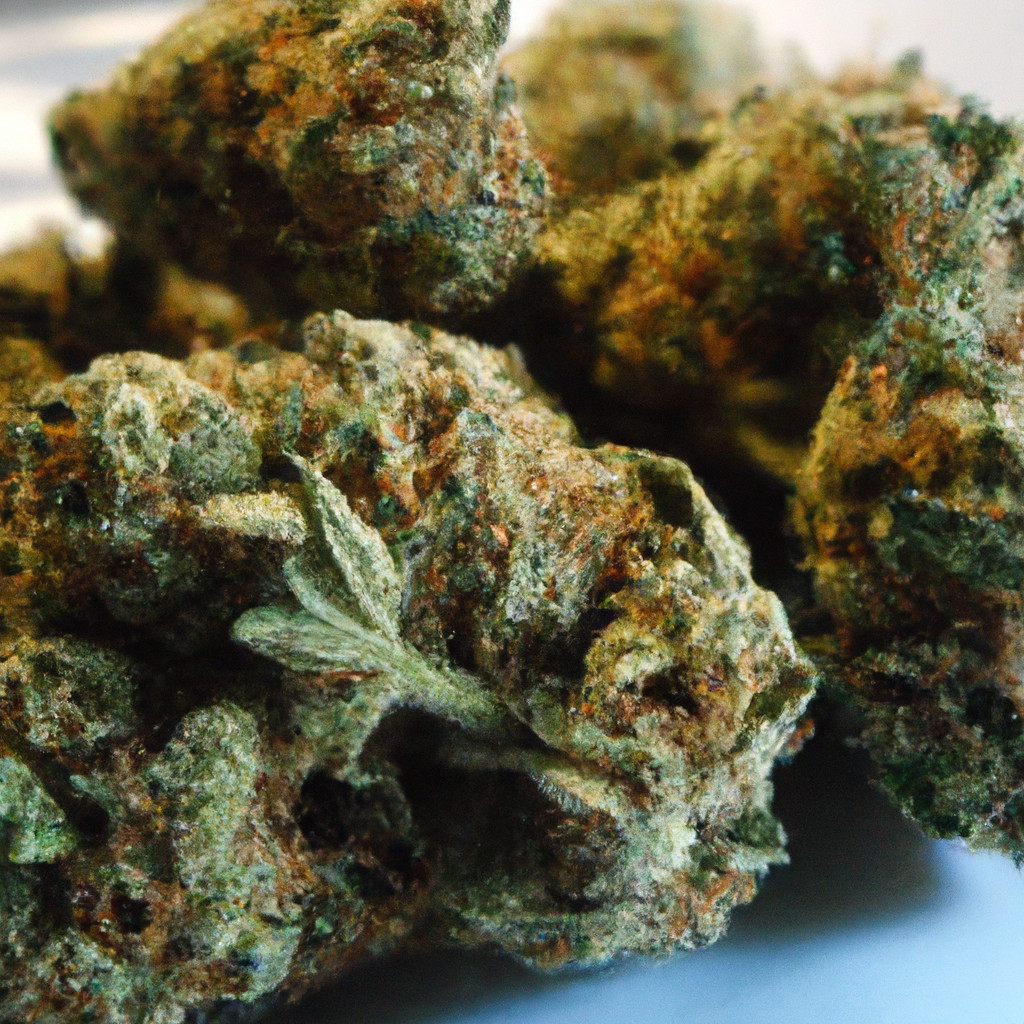
The Mac 1 strain, also known as “Miracle Alien Cookies x1,” captivates with its alluring aroma and balanced effects, making it a favorite among both cannabis connoisseurs and novices. This hybrid, a cross between Alien Cookies F2 and Miracle 15, features dense buds with frosty trichomes and purple hues. Its aroma combines earthy, citrus, and…
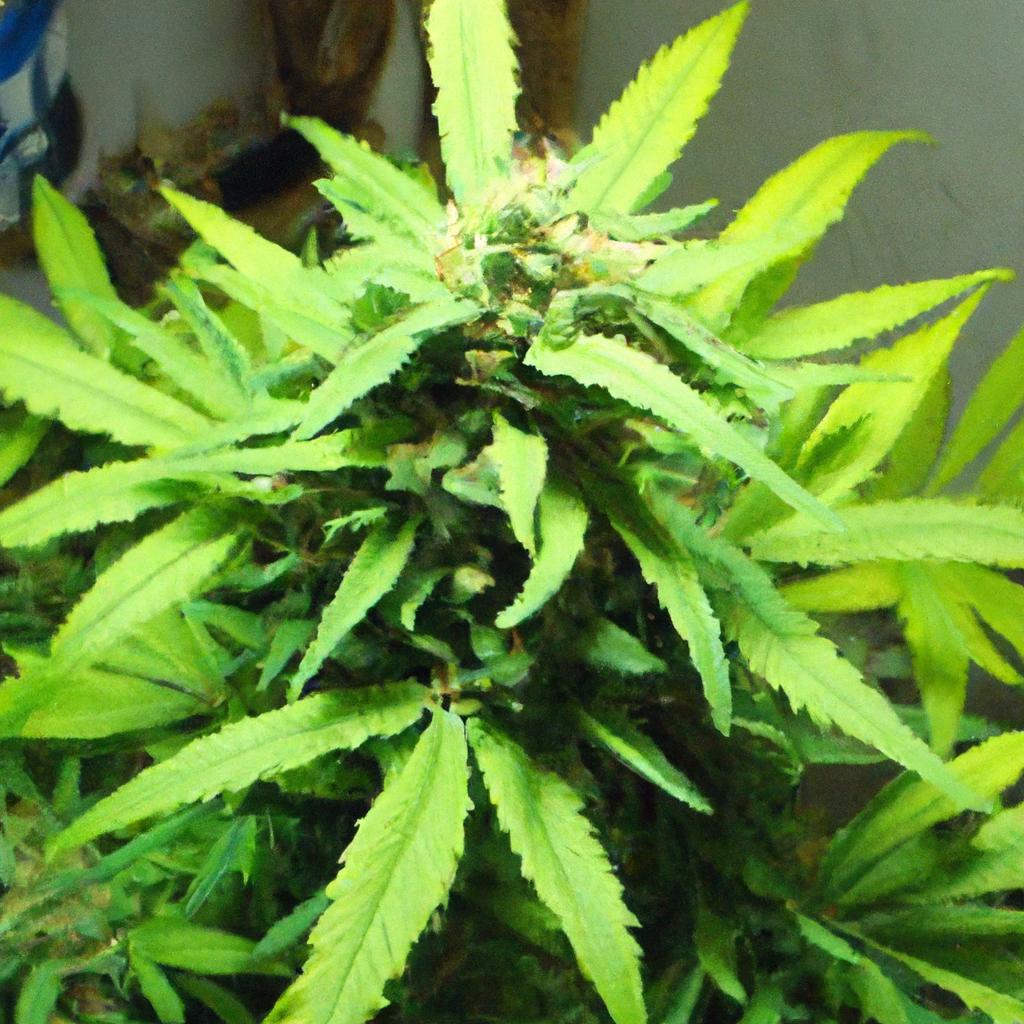
Cannabis cultivation involves understanding the complex symbiotic relationships between plants and their environment. Symbiosis, including interactions with beneficial microbes and companion planting, can significantly enhance growth and yield. Mycorrhizal fungi and beneficial bacteria improve nutrient uptake and stress resistance, while companion plants like basil, lavender, and marigold offer pest control and other benefits. To harness…
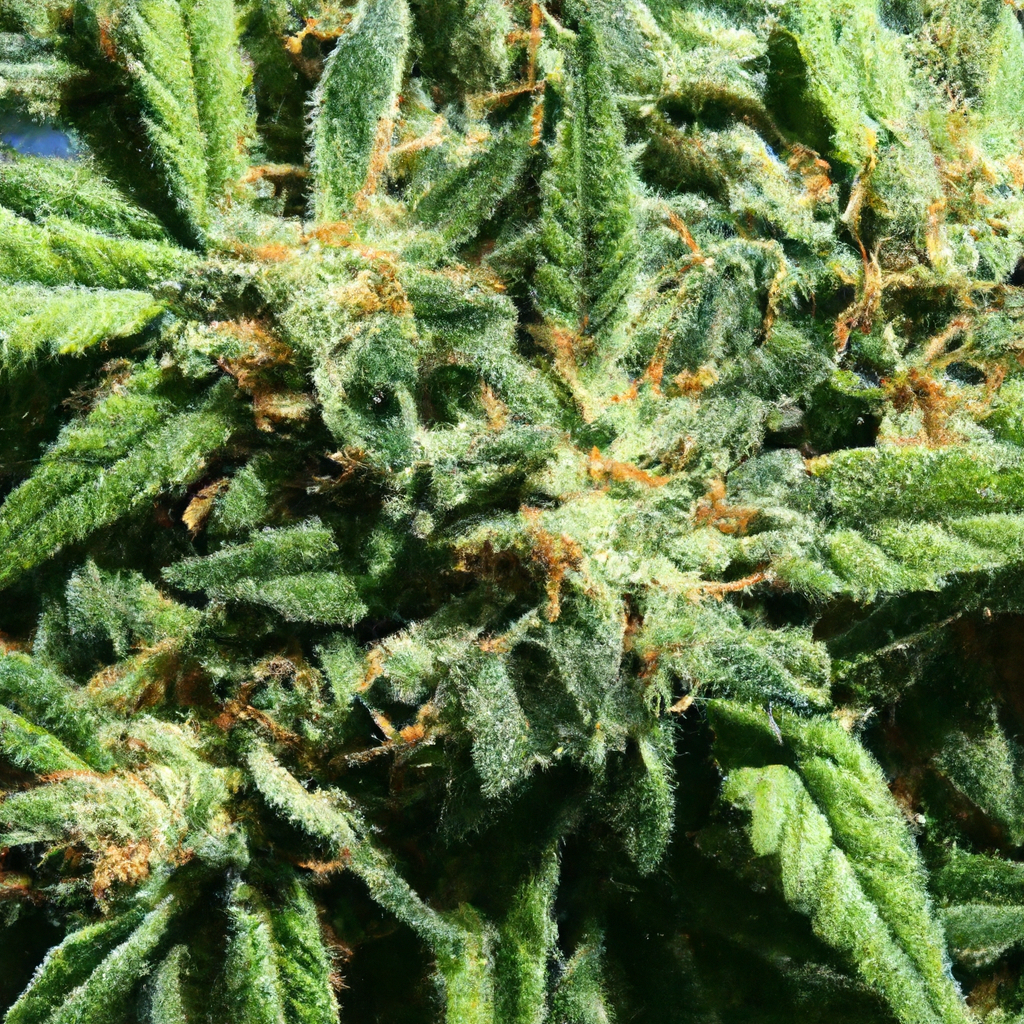
Growing cannabis successfully requires careful attention to environmental conditions, nutrient management, pest control, and watering techniques. Ensure optimal growth by providing 12-18 hours of light, maintaining day temperatures of 70-85°F and humidity levels between 40-70%. Use enriched organic soil and balance nutrients like nitrogen, phosphorus, and potassium according to the plant’s growth stages. Implement Integrated…
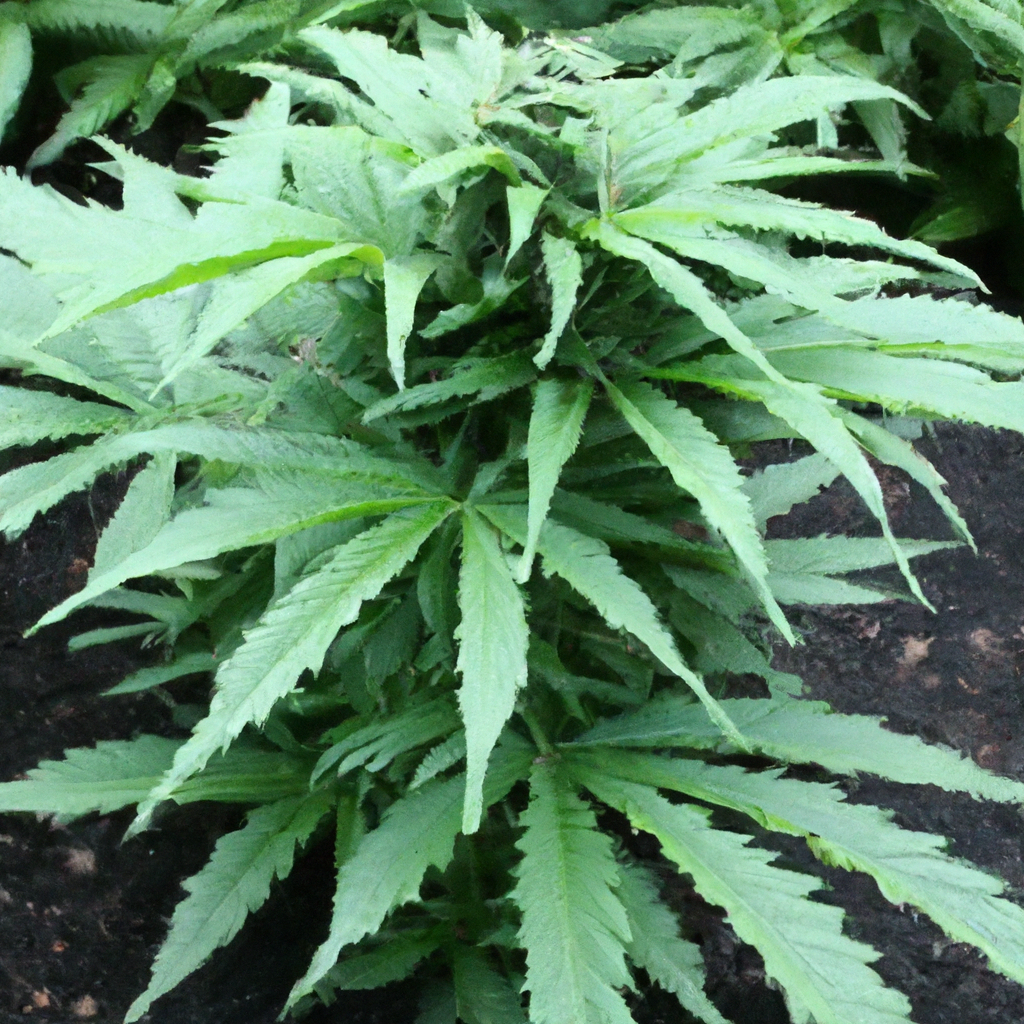
Growing cannabis successfully hinges on understanding and utilizing the right soil amendments. These additions enhance soil structure, nutrient content, and microbial activity, promoting robust plant growth and higher yields. Essential amendments include compost for nutrient richness, perlite for aeration, vermiculite for moisture retention, bone meal for root development, and worm castings for fertility. To effectively…

Cherry Diesel is a hybrid cannabis strain that uniquely blends flavors and effects, stemming from its parent strains Cherry OG and Turbo Diesel. Known for its visually appealing dense, sticky buds with deep green and purple hues, it offers a sweet, cherry-like aroma with earthy and diesel undertones. Cherry Diesel is particularly popular for its…
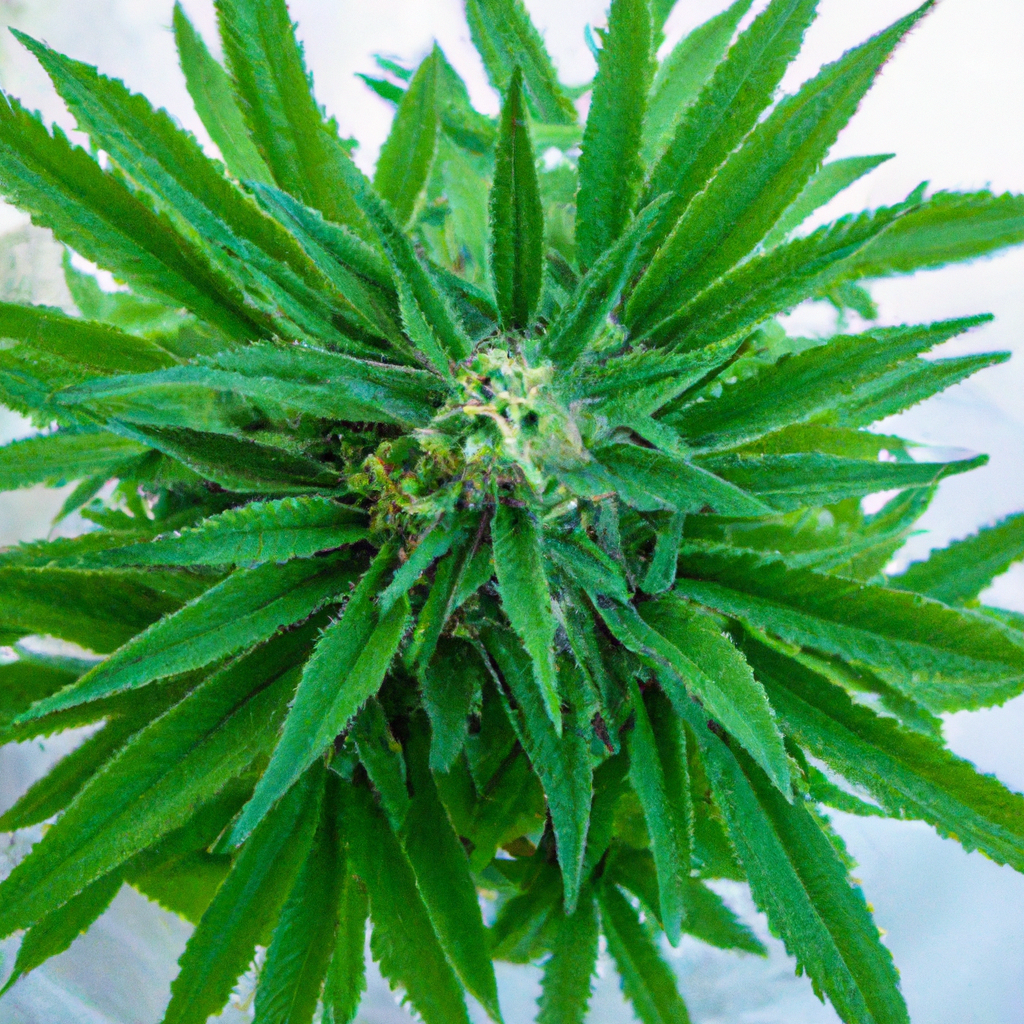
Proper hydration is essential for successful cannabis cultivation, balancing nature and nurture for optimal plant health and yield. This guide delves into the science of watering techniques tailored to different growth stages—seedling, vegetative, and flowering. It also explores various methods like drip irrigation, wicking systems, and flood and drain systems suited to soil-based, hydroponic, or…

Growing cannabis involves numerous challenges, with pest management being one of the most daunting. Ensuring healthy yields requires a strategic approach using Integrated Pest Management (IPM), which combines cultural, biological, mechanical, and, as a last resort, chemical controls. Natural alternatives like diatomaceous earth and neem oil provide effective, non-toxic solutions. A case study of a…
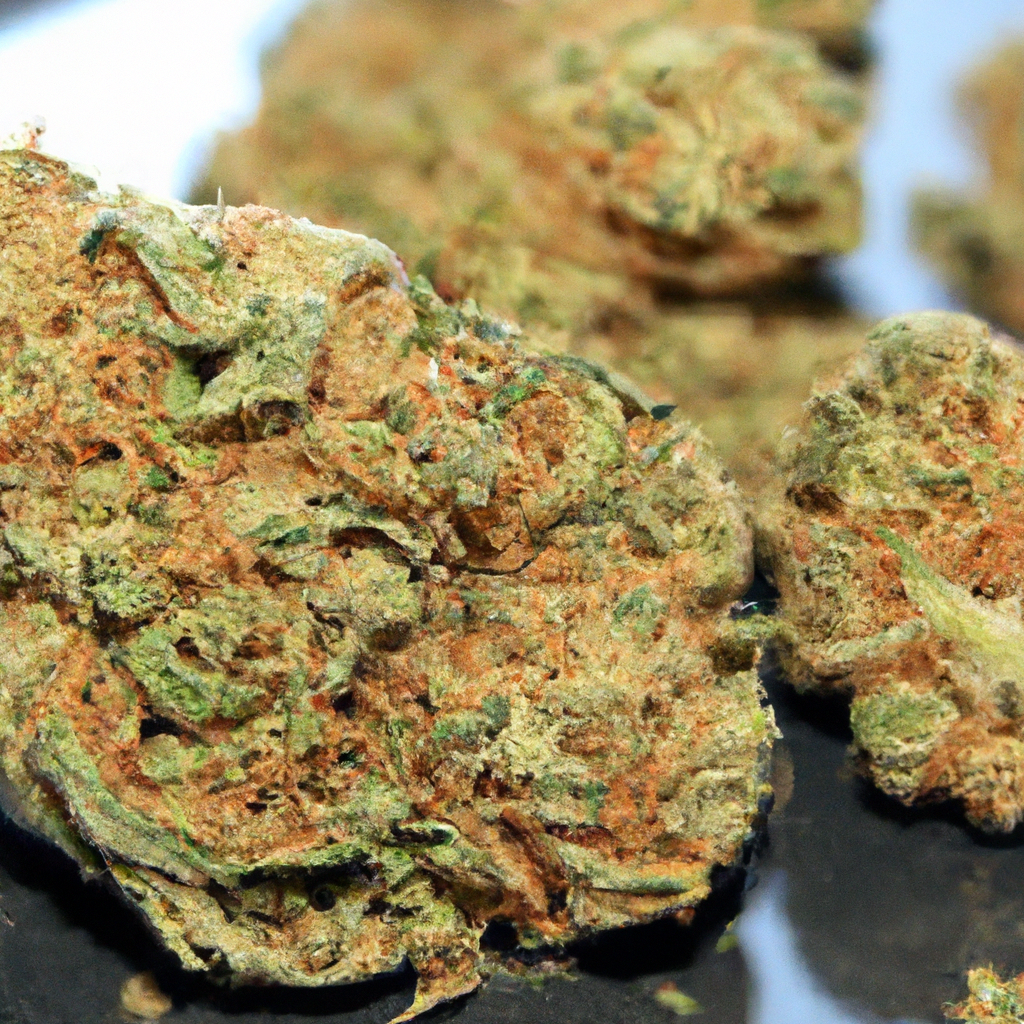
Dive into the captivating world of Garlic Cookies, also known as GMO Cookies, a hybrid cannabis strain that offers an intriguing blend of aromas and effects. With its robust genetic lineage, combining Chemdawg and Girl Scout Cookies, this strain delivers a balanced experience of euphoria, relaxation, and enhanced creativity. Visually, its dense olive-green buds with…
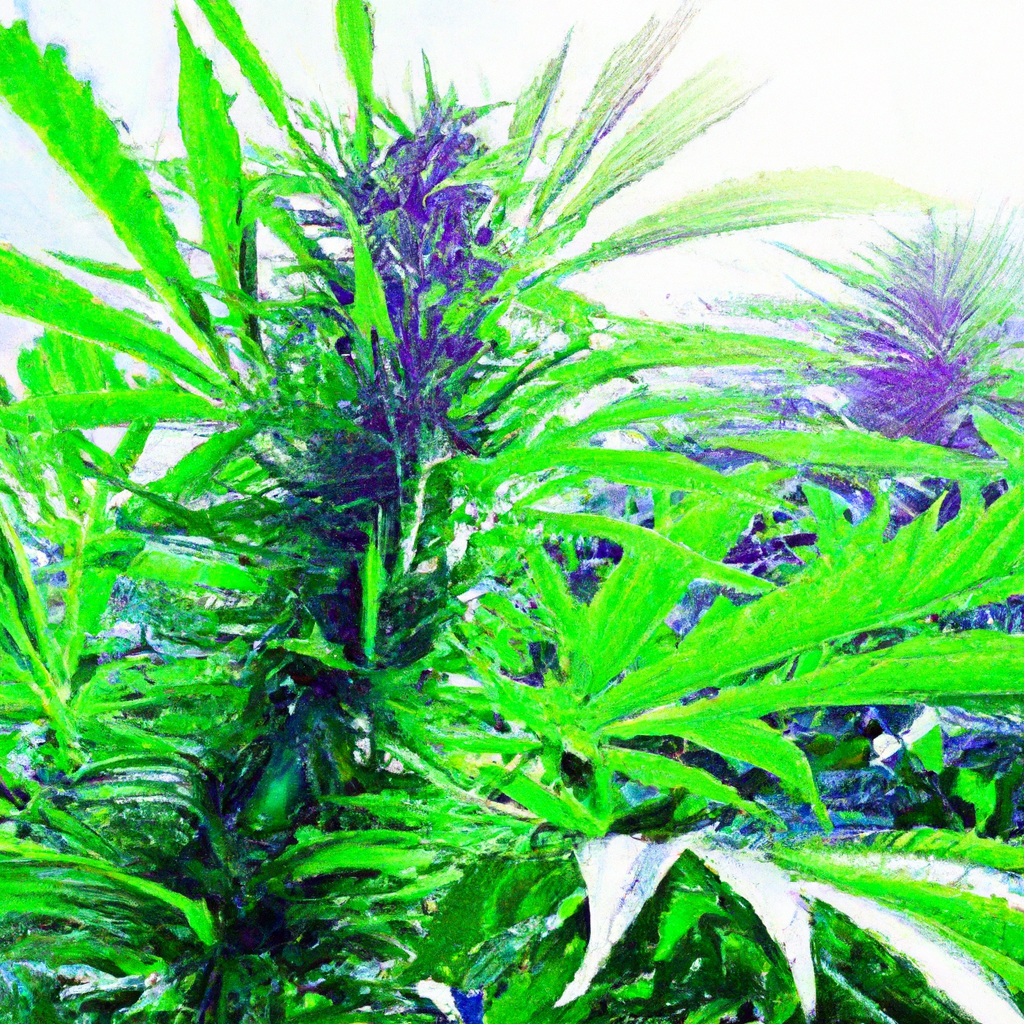
As the cannabis industry expands, growers are increasingly adopting ultraviolet (UV) light to boost yield and quality by mimicking the natural sunlight spectrum. UV light enhances the production of secondary metabolites like flavonoids and terpenes, with specific spectra (UV-A, UV-B, and UV-C) affecting plant growth differently. Effective implementation involves careful management of intensity, timing, and…

The cannabis industry offers promising eco-friendly solutions by integrating into sustainable practices, making significant contributions to a sustainable future. As a crop, cannabis requires less water, improves soil health, and aids in carbon sequestration. It reduces the agricultural footprint through organic and smart agriculture methods. Beyond consumption, cannabis supports bioproduct innovations like hemp bioplastics, hempcrete,…
